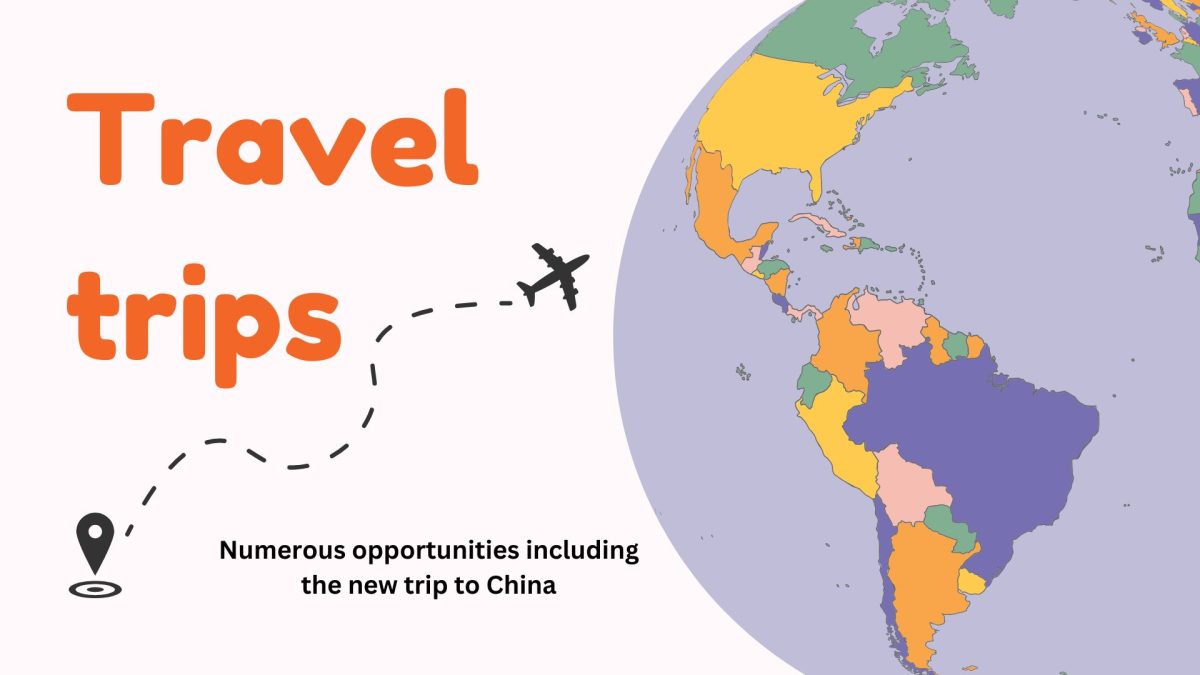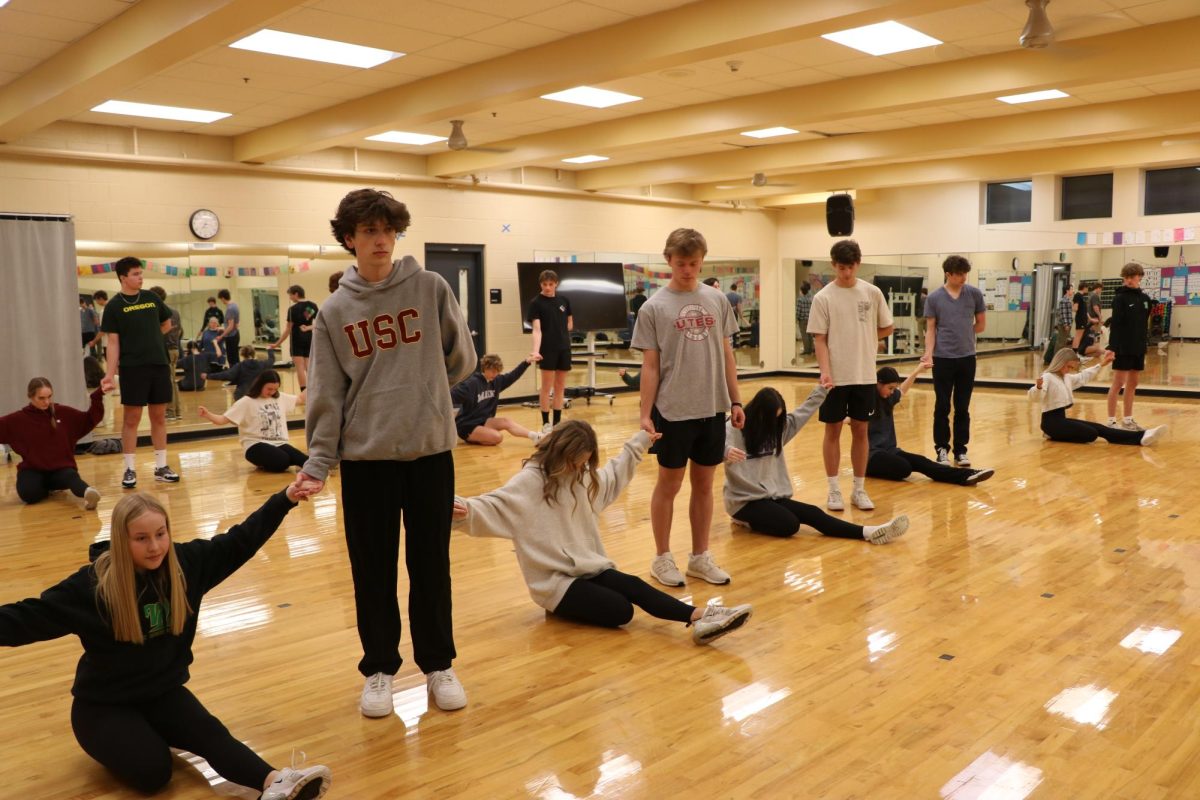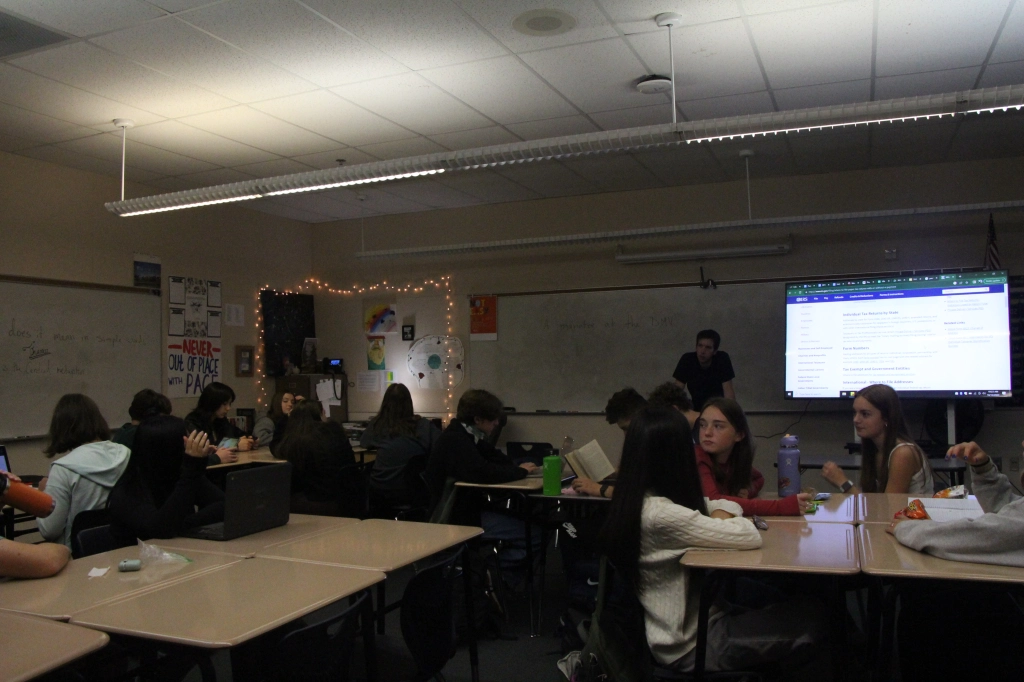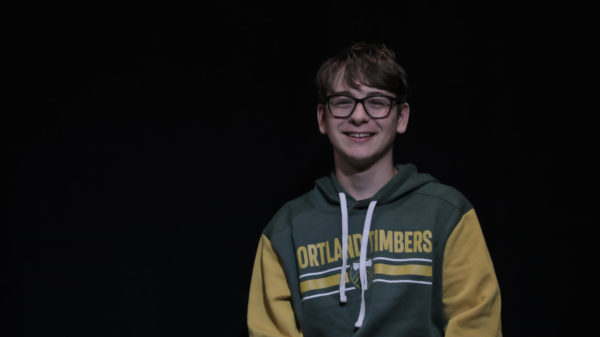Paraeducators, previously known as Instructional Assistants (IA) are educators who primarily help students with learning and physical disabilities. To support students, they help navigate them around the school and assist them within the classroom as needed.
Suzanne Bass, paraeducator, has been working with students for six years, she started working at Stafford Primary School before being moved to the highschool during COVID-19.
“Our goal is to facilitate learning and safety for students that just need a little extra help,” Bass said. “It would be students that have an Individual Education Plan (IEP). We help any of the students that just need some accommodations in their learning to help them learn better.”
An IEP is given to students with learning conditions such as dyslexia, autism, other health impairments (OHI), emotional disturbance, and others. Additionally, students with 504 plans do not require specialized instruction, but, like the IEP, a 504 plan should be updated annually to ensure that the student is receiving the most effective accommodations for their specific circumstances, and is given to those who have attention deficit hyperactivity disorder (ADHD), attention deficit disorder (ADD), and any mental condition which affects their learning. Currently, there are seven paraeducators working at the high school.
“We’re here to help everybody in every class,” Bass said. “For example, I might be assigned to just a student that I’m working with, but I’m also available to the whole class and to the teacher. We’re here to help everyone.”
Students are able to access help from the school’s learning specialist, Adam Edwards.
“[Edwards] would have a caseload of students,” Bass said. “It can be students with disabilities or it can be students with intellectual disability or physical disability, or it can just be students that have dyslexia or autism. I mean, that just means a little extra support.”
According to the National Library of Medicine, in the last 24 years diagnosis of dyslexia and other learning disabilities have increased by 1 million, resulting in 7.3 million students in public schools having a learning disability. Dyslexia covers roughly 20% of the population and covers 80-90% of all people with learning disabilities. Dyslexia is highly genetic and runs in families. If only one parent has dyslexia, the child then will have a 30-50% chance of inheriting it.
“We have run off of an inclusive model for as long as I’ve been here,” Bass said. “It’s just been the same, where you’re just helping students learn, be safe, and have a good high school experience.”
Paraeducators are different from paraprofessionals. While paraeducators’ purpose is to assist with learning if you have a learning disability, paraprofessionals assist with behavioral issues with students.
“Our system’s goal is to help facilitate the students’ learning in all students, we might have certain students that we were assigned to and help facilitate their navigation through the building from class to class, to lunch, to their bus,” Bass said. “I think some students might not have the abilities to be independent as they might not have the abilities to navigate or to do certain things safely on their own. So we’re just there to help everybody.”
Paraeducators can be found around the school or in room G202, also known as the Educational Resource Center Reception.

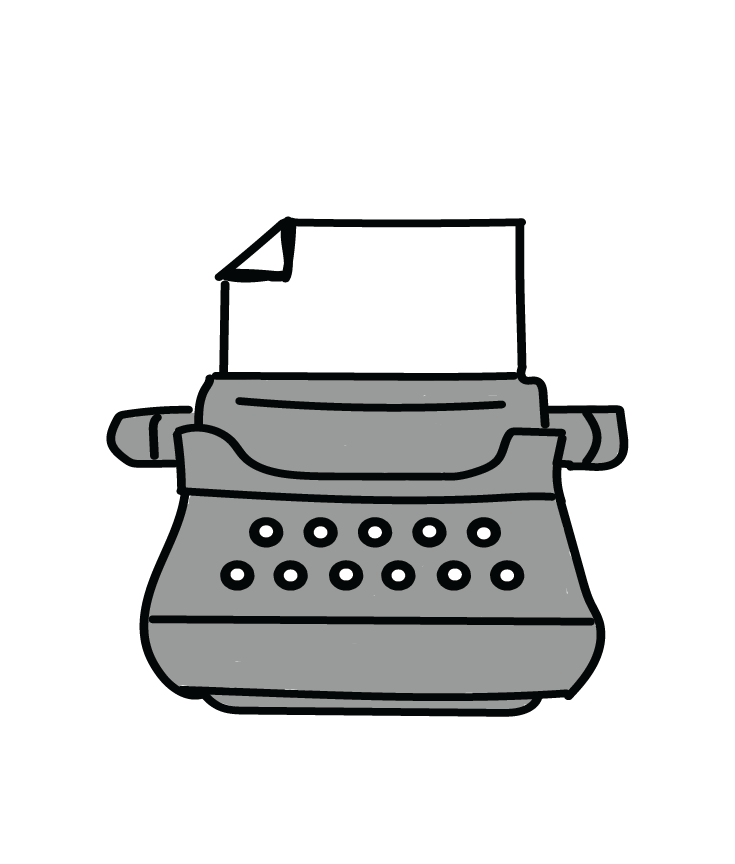
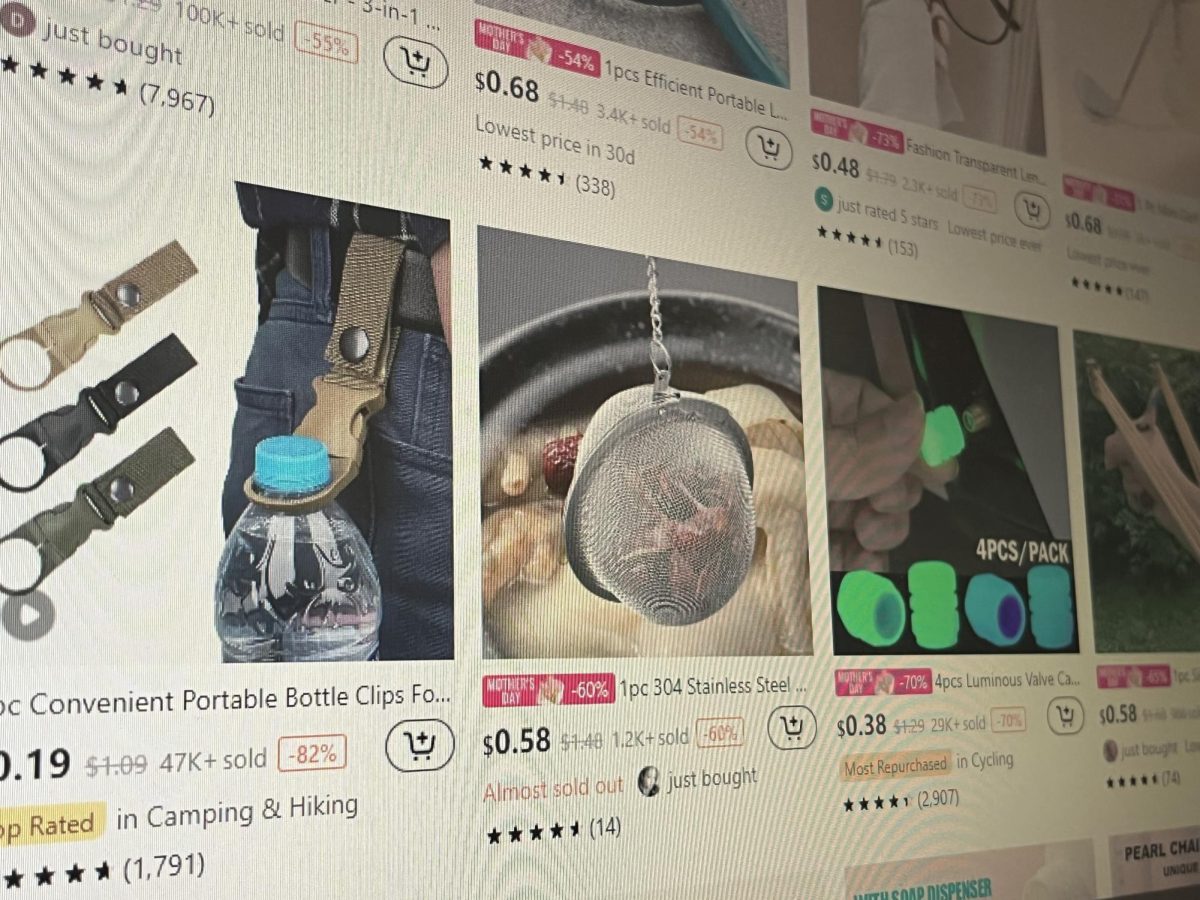























![Game, set, and match. Corbin Atchley, sophomore, high fives Sanam Sidhu, freshman, after a rally with other club members. “I just joined [the club],” Sidhu said. “[I heard about it] on Instagram, they always post about it, I’ve been wanting to come. My parents used to play [net sports] too and they taught us, and then I learned from my brother.”](https://wlhsnow.com/wp-content/uploads/2024/03/MG_7715-2-1200x800.jpg)





![The teams prepare to start another play with just a few minutes left in the first half. The Lions were in the lead at halftime with a score of 27-0. At half time, the team went back to the locker rooms. “[We ate] orange slices,” Malos said. “[Then] our team came out and got the win.”](https://wlhsnow.com/wp-content/uploads/2023/10/IMG_2385-1200x800.jpg)





![At the bottom of the third inning, the Lions are still scoreless. Rowe stands at home plate, preparing to bat, while Vandenbrink stands off to the side as the next batter up. Despite having the bases loaded, the team was unable to score any runs. “It’s just the beginning of the season. We’re just going to be playing out best by June, [and] that’s where champions are,” Rowe said.](https://wlhsnow.com/wp-content/uploads/2024/03/IMG_3077-1200x900.jpg)







